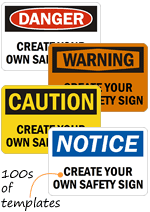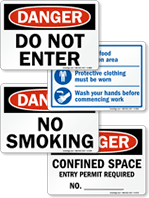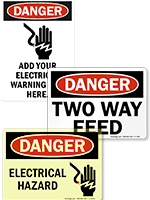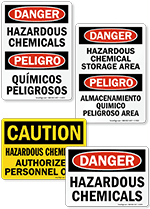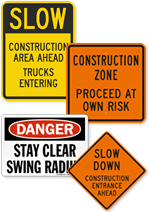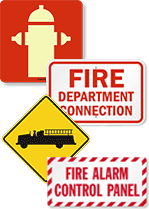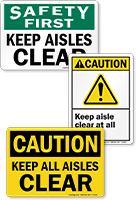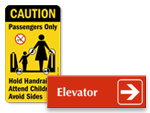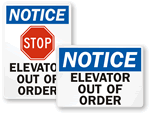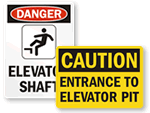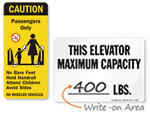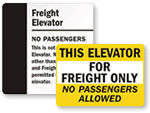A.
Yes, it does. ADA requires elevator interiors and exteriors to be sufficiently marked to be accessible. The control buttons inside the elevator should have Braille, and there must be a minimum space of 3/16” between a number or icon and the braille underneath it.
ADA also requires the use of signs on elevator jambs. These signs should be placed on each side and convey the floor designation using 2” tall tactile characters along with braille. Further, when there are several elevators in a building, each elevator must be identified with a 2” tall raised letter and accompanying braille.
Concerning exterior elevator signage, an ADA-compliant sign identifying the elevator is required outside every elevator. In addition to braille, these signs must feature the international symbol of accessibility where an elevator is handicap accessible. Emergency elevator signs or “in case of fire” signs that recommend the use of stairs in the event of a fire shall use a suitable font, approved pictogram, and corresponding braille.
You may find more details in the U.S. Access Board guide.

